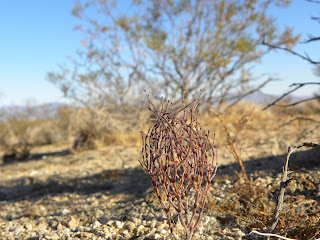Solar Power Siting in the Desert Not Yet Matured
California's next gold rush is in full swing as energy speculators scout out new sites for utility-scale solar energy construction. Neither the energy companies, environmentalists, or policy makers seem to have set an efficient process for finding suitable locations for the competing demands, reflecting the immaturity of the solar rush. It's clear that the different stakeholders in the solar rush have not fully considered their own position, let alone the potential compromises that are needed for a positive outcome. In a recent editorial, the Los Angeles Times criticized Senator Dianne Feinstein's proposed California Desert Protection Act 2010 (CDPA 2010) for not including enough incentives for solar energy development, declaring that CDPA 2010 would set aside too much desert land when solar energy development should be given a higher priority. Although the editorial acknowledges that the goals of renewable energy and conservation are not mutually exclusive, the LA T...







